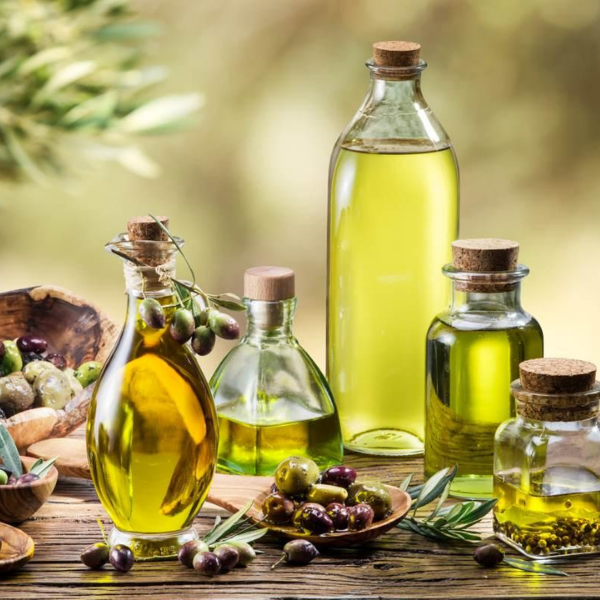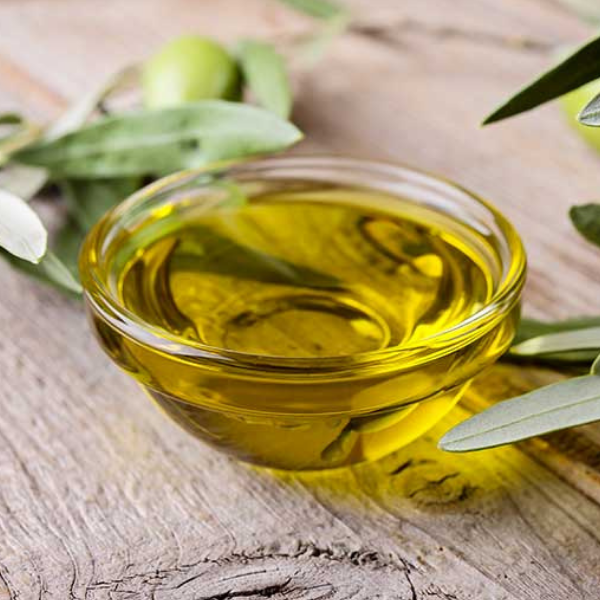Rules for the classification of the oils
The classification of extra virgin olive oil in Italy came into force on November 13, 1960.
Extra virgin olive oil is simply a fruit oil, a natural product, a real pressing of olives, in fact it does not undergo any processing or transformation, the extraction is performed only with mechanical processes of shredding, pressing and final separation. to separate the fat part, that is the oil, from the aqueous one, that is the vegetation water, and from the vegetable residues, that is the pomace.
Another very important date for oil in Italy was 1992, when law number 169 sanctioned the institution of certificates of origin, that is, the renowned D.O.P. (Protected designation of origin) and I.G.P. (Protected Geographical Indication).
The “regulations of origin” were also drawn up with the introduction of the certificates of origin. These specifications were important to protect the individual cultivars and their respective production areas, the cultivation systems adopted, as well as the enhancement of the sensory profiles and the chemical and organoleptic characteristics.
The oil with the denomination D.o.p. is a product that identifies a certified food product in all its phases, ranging from the production process to harvesting to packaging, all carried out in a well-defined geographical area.
Each oil, like each person, expresses a distinct personality.
Before being placed on the market, the oils must pass an examining commission, through a group of panel tests, professional tasters, for the sensory evaluation of extra virgin olive oil.

Classification of oils
Extra virgin olive oil is a superior category oil obtained directly from the fruit. It does not cure any disease, as many scammers have claimed over time, but it prevents it.
In the olive there are antioxidants that defend the drupe (the fruit) from attack by external agents. They represent between 1% and 2% of the total and only a small part is transferred to the oil produced.
This reasoning does not apply to seed oils. The seed, protected by an external envelope, which is none other than the fruit, is more protected from external agents and does not develop the same substances processed by the plant.
They are two foods that have a different intrinsic value, and it is right that the consumer is aware of them.
Extra virgin olive oil
It is defined by the legislator as “superior category oil” because “obtained directly from olives and by mechanical means”. It is recommended for any type of use, even for cooking at high temperatures. It must have a free acidity expressed as oleic acid of less than 0.8.

Virgin olive oil
It is an oil “obtained directly from olives and by mechanical processes”, in this case, however, it is not defined as a superior category, since it is qualitatively inferior to extra virgin olive oil. It has a free acidity expressed in oleic acid higher than 0.8 and lower than 2.

Olive oil
Is a compound of refined olive oils and virgin olive oils. It is suitable for light frying, as cooking oil and for preserves in oil.
Olive pomace oil
Olive pomace oil indicates the oil that is extrapolated from the residue of the peel, pulp or stone of the olive. The legislator classifies it as “oil containing exclusively oils derived from the processing of the product obtained after the extraction of olive oil and oils obtained directly from olives”. This oil is particularly suitable for industrial frying.









